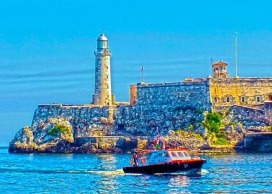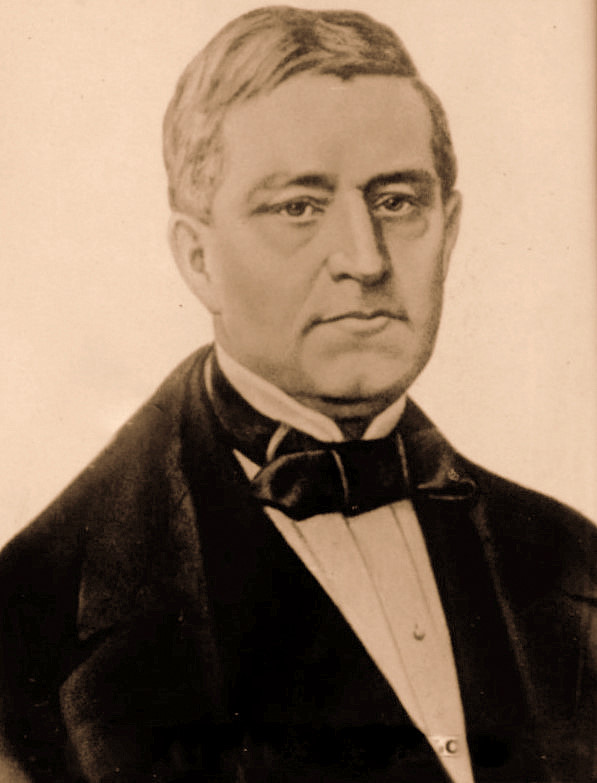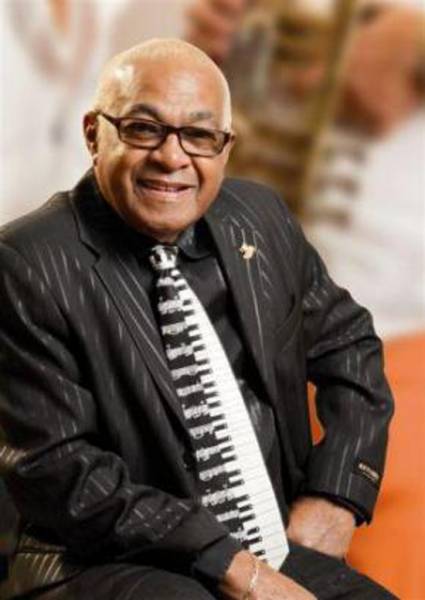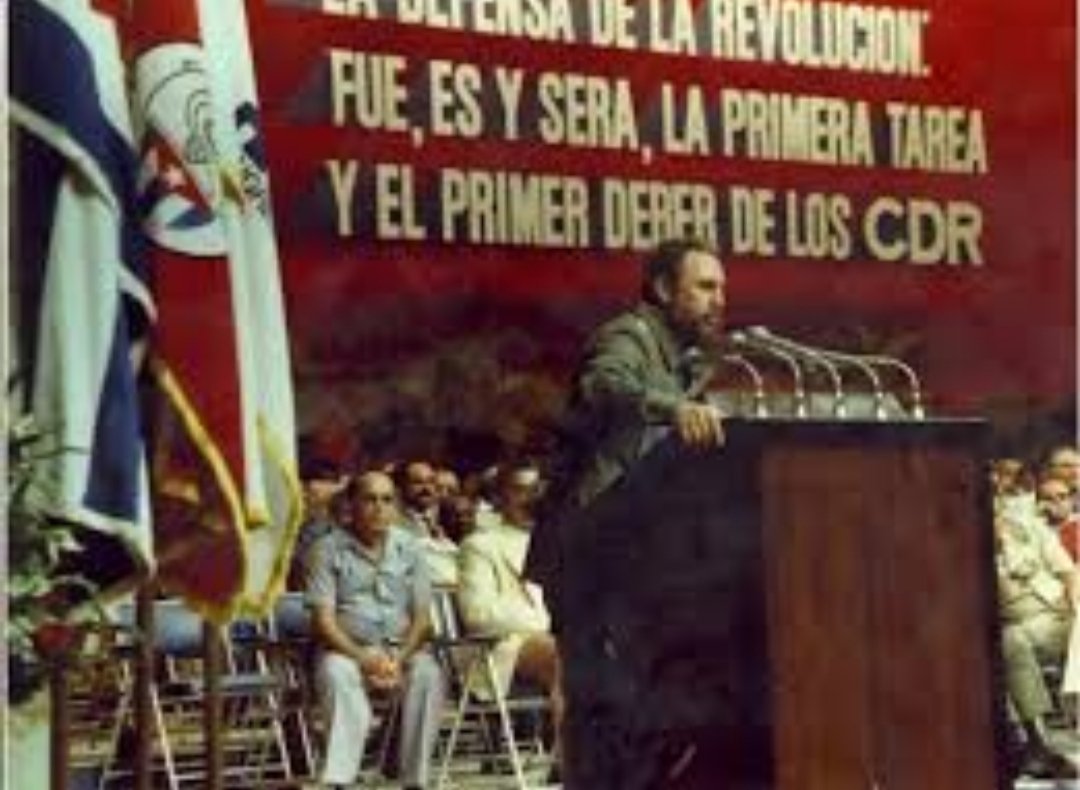
Havana ephemeris. 24th September.
1809. Francisco de Frías y Jacott is born in Havana.

Listed as the Count of Pozos Dulces, in his professional work he stood out as a scholar in matters of Physics, Chemistry and Mathematics. He was a scientific popularizer and agrarian reformer. He maintained his firmness as a Cuban and opposed Spanish colonialism.
He turned out to be one of the defenders of the existence of the Chemical Research Institute of Havana, since its foundation by José Luis Casaseca, a Spanish scientist.
He was a member of the Royal Economic Society Friends of the Country of Havana.
In the Floral Games of the Liceo de La Habana, held in 1849 and 1958, two of his scientific works were awarded: the first entitled Memory on the livestock industry on the Island of Cuba and the second referred to the theme of the destruction of the animal kingdom and the of the plant, proposed by the Science Section of the Lyceum.
His death occurred in Paris, France, on October 24, 1877.
1870. The Cuban patriot Luís Ayestarán y Moliner is executed in the Castillo del Príncipe, in Havana.

He was born in Havana on April 16, 1846. His first studies were carried out at the El Salvador school. Years later he graduated as a Lawyer from the University of Havana.
He is recognized as the first Havanan who went to join the war for the independence of Cuba. He reached the rank of Colonel. He was elected to the Guáimaro Constituent Assembly as a member of the House of Representatives.
One day before his execution he wrote to his mother: "I will die as I have lived, with the awareness of having fulfilled a duty, of not having done harm to anyone, and much good to countless people."
1895. Tirso Díaz was born in the town of Güira de Melena, then province of Havana.

With the passing of his existence he became an outstanding troubadour composer and accompanying guitarist. From a very young age he interrelated his life with music.
When he was only 17 years old he was part of the Nano quartet with which he stayed for some time.
Later, and for several decades, with his guitar he accompanied several singers.
We owe several compositions to his creative work, among which those entitled “Ana”, “Eloísa”, “Como la vida”, “Solo oigo al corazón” and “Entre las palmas” stand out.
He died in Havana on July 16, 1967 at the age of 71.
1946. César Pedroso Fernández was born in Havana.

Known in the musical world as Pupy, he comes from a family of musicians. In his musical work he has been a member of various musical groups, among others, the orchestras Fascinación, Sensación, Revé and the Bolero Ensemble. Later he founded, together with Juan Formell, Los Van Van, a group with which he remained until 2001, the year in which he created his own orchestra identified as Pupy y los que Son, Son.
He set out to break schemes, differentiate himself in timbre and constantly renew himself. He was the author of more than 150 compositions. His work has had transcendence in Cuban musical history as a pianist, arranger and composer.
He passed away in Havana on July 17, 2022.
1977. The first Congress of the Committees for the Defense of the Revolution begins at the Karl Marx Theater in Havana. The sessions were chaired by Commander in Chief Fidel Castro. 2,144 delegates and delegations from 23 countries participated.

The congress contributed to adding the initial tasks of surveillance, education, volunteer work, promoting integration within the community, patriotic activities, health, environmental protection and others.
In this event it was made clear that the Revolution was created from the people and will live forever in them, strengthened by the Committees for the Defense of the Revolution.